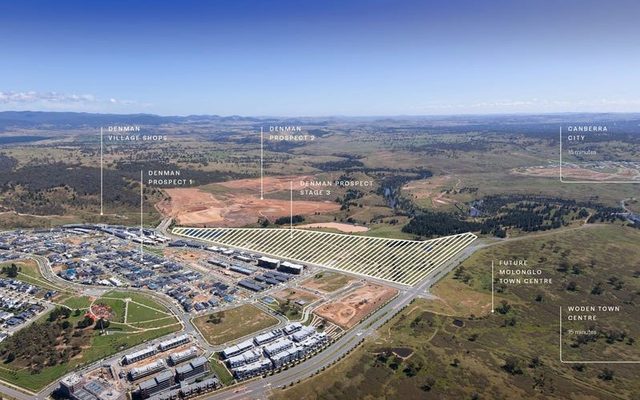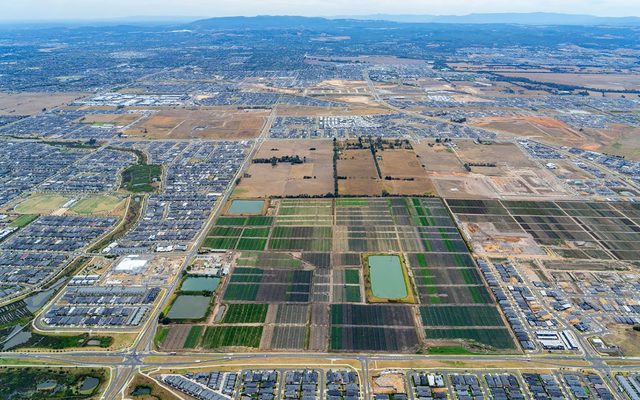This article is from the Australian Property Journal archive
FOREIGN buyers have been an “important contributor” to Australia’s construction boom, but much less so towards overheating residential prices, according to new research from the ANZ.
ANZ’s Foreign Buyers of Australian Property – How Many Are There? report suggests that while the estimated 2.5% to 4% of Australia’s housing stock owned by foreign interest is significant – particularly given the historically strong growth rate – it is not large enough for concern about a foreign exodus from the market.
ANZ senior economist Daniel Gradwell said the relatively lower share of total market activity suggests that foreign buyers have not been the primary driver of the price growth in recent years, but that was not to say foreign buying has had no impact on prices.
“It is our view that foreign buyers have supported dwelling investment through the current cycle, but have not been the main cause of the rapid price growth and are unlikely to be the cause of a sharp price correction,” he said.
Chinese buyers have led the rapid rise in foreign purchases over the past decade, and total approvals to foreign buyers granted in 2015-16 were three-and-a-half times greater than just five years prior.
Gradwell said the size of the range of estimated foreign-owned stock reflects uncertainty about the extent to which foreign buyer approvals convert to actual purchases, which based on Reserve Bank data is assumed to be from 30% to 50% of approvals.
Foreign Investment Review Board numbers show that 40,100 property purchases by foreign buyers were approved in 2015-16, valued at $72.4 billion; however, each approval can be for more than one property.
Building on RBA data for 2015-16, ANZ estimates foreign investors purchased between 35,000 and 60,000 dwellings in Australia over the period, at a total of $22 billion to $35 billion and an average of $620,000 nationwide.
Referring to CoreLogic data for the period, foreigners purchased around one-quarter of new apartments, meaning 80% of foreign purchases are apartments and the remaining 20% houses. While they only made up between 7% and 13% of total housing turnover, they accounted for as much as 15% to 25% of newly constructed dwellings in some states.
Most of this foreign activity in new housing over the period appears to have been in Victoria, with 13,000 to 20,000 bought, representing between 25% and 35% of total new builds. Market share is estimated to be higher in Queensland, from 25% to 45%, although Gradwell said the figure would be in the bottom end of the range, and lower in New South Wales, from 15% to 20%.
Gradwell said that at 15% to 25% of new builds in 2015-16, foreign demand is clearly one of the drivers of the strength in Australia’s dwelling investment profile.
“If this demand were to dry up suddenly, Australia’s construction pipeline would likely be notably weaker than currently expected. The impact of foreign demand on prices is less clear. The purchase of 7% to 13% of total sales each year is not as significant as the share of new construction. So the impact on overall prices is likely to be less than the impact on construction,” he added.
Around 5% of Australia’s housing stock – around 9.8 million dwellings according to the 2016 census – is bought and sold each year. Gradwell said this meant that only a large shock, causing a high share of foreign owners to sell their Australian property, would be significant enough to drive sale prices lower.
Gradwell noted that a fee for approvals was introduced in December 2015, meaning that half of 2015-16 and in all subsequent years, the “conversion rate” from approvals to purchases is likely to be much higher, given potential buyers are unlikely to incur the application fee unless they are “highly committed”.
“We are often asked about the rules around foreign investment in the Australian housing market and the impact that has. While concrete data are hard to come by, we are able to combine existing data with informed assumptions to reveal some useful insights,” the bank said.
“We note that Revenue New South Wales has several times this year released data on the number and value of foreign purchasers that have been subjected to stamp duty surcharges. It would be helpful if other state governments released their suite of data on foreign buyers, which would assist in more concrete analysis around the impact of foreigners on Australia’s housing market.”
Meanwhile, the latest Australian Industry Group and Housing Industry Association Performance of Construction Index showed activity expanding for the 10th month in a row on the back of engineering and housing sector numbers, offsetting the decline in apartment building.
The Index grew by 4.3 points to 57.5 in November, with engineering up by 3.2 to an 11-year high of 64.1 points, propelled by large-scale infrastructure projects.
House building jumped up by 8.2 to 61.3, and commercial likewise by 9.7 to 59.8.
HIA senior economist said low interest rates and unprecedented migration from overseas were the two most important reasons why new home building reached the highest level on record last year, and that the short-term outlook for new home building remained strong.
Australian Property Journal




